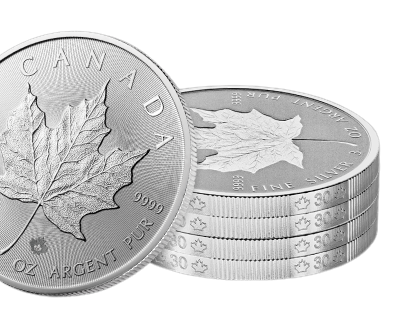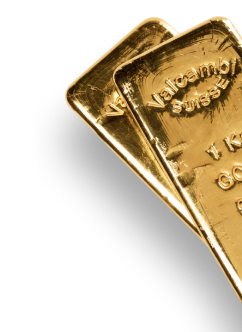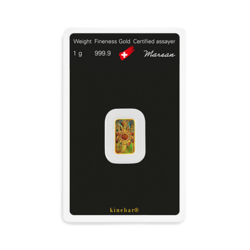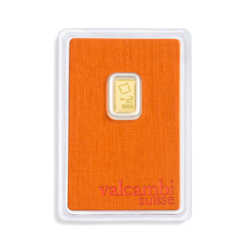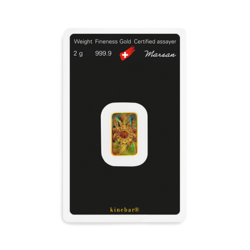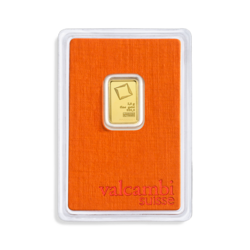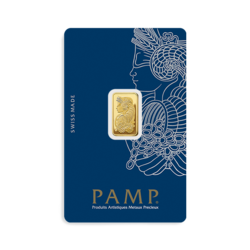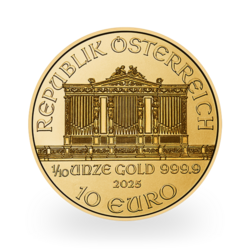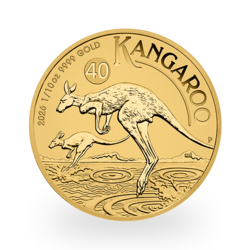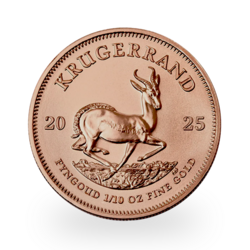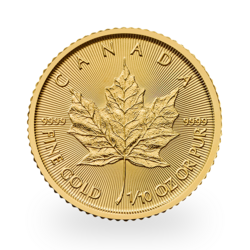The world's largest private holder of physical gold is Tether, with 80 tons worth approximately $8 billion. Why is this?
Let's start by reminding ourselves what a stablecoin is: it is a cryptocurrency indexed to a given asset, most often a currency, primarily the dollar — 1 tether (USDT) = 1 dollar.
USDT was originally designed for traders who speculate on different cryptocurrencies but also want to be able to close out their positions at night or on weekends, or secure part of their assets by switching all or part of their portfolio to dollars. But selling cryptocurrencies for real dollars is time-consuming, costly in terms of fees — since it requires going through the banking system — and often triggers a capital gains tax. Staying on the exchange platform and switching to stablecoins, on the other hand, is instantaneous and inexpensive. Hence the success of Tether, the inventor of the concept in 2017.
Stablecoins have now moved beyond exchange platforms and are circulating in the “real world.” Tether CEO Paolo Ardoino says that 400 million people already use USDT on a daily basis — individuals, merchants, businesses — a figure that he believes could soon reach one billion. This adoption is mainly concentrated in emerging countries, where currencies are fragile and populations face inflation, exchange controls, and a failing banking system.
To ensure that 1 USDT is equivalent to 1 dollar, each token issued is backed by a real dollar stored in an account. Whenever the number of USDT increases, Tether buys dollars in order to maintain parity and, therefore, confidence. And this is starting to have an impact: the capitalization of USDT has reached $175 billion — the third largest cryptocurrency behind Bitcoin and Ether. USDC, the second largest stablecoin, represents $73 billion, and USDE, the third largest, approximately $14 billion. In total, stablecoins have therefore purchased more than $250 billion, mainly in the form of short-term US federal debt, which is highly liquid and easy to trade.
But Paolo Ardoino is aware of the dollar's loss of value, the weight of federal debt, the growing budget deficit, a likely return to money printing, and possibly inflation. Even though his business is to offer a dollar stablecoin, he must also ensure the long-term viability of his company. This is especially true given that Tether is making a lot of money: its $175 billion in Treasury bills earn interest, and the company has announced $13 billion in profits in 2024... for only about 100 employees. That's why Tether is investing $9 billion in Bitcoin, but also $8 billion in physical gold stored in Switzerland.
Proof that this appetite for gold is very real and goes beyond simple investment, Tether is now considering investing in the entire supply chain: mining, royalties (payment in exchange for mining rights), and trading. Last June, the company acquired a 21.9% stake in Elemental Altus, a Canadian company specializing in mining royalties. Other similar transactions are expected.
Tether also issues a gold-backed stablecoin, XAUT, with a market capitalization of $1.4 billion — far less than the company's gold reserves. This is further proof that it considers gold to be a true reserve asset.
As Paolo Ardoino says, “Gold is nature's bitcoin,” countering the usual expression “digital gold” to refer to bitcoin. At the Bitcoin 2025 Conference in Las Vegas, he presented gold as a natural mirror of bitcoin, pointing out that both share the same status of scarcity and independence from governments. There is no opposition between gold and bitcoin: they are different, but they are on the same side when it comes to paper currencies, whose value is eroding — and seems set to erode even faster in the months and years to come.
Reproduction, in whole or in part, is authorized as long as it includes all the text hyperlinks and a link back to the original source.
The information contained in this article is for information purposes only and does not constitute investment advice or a recommendation to buy or sell.

